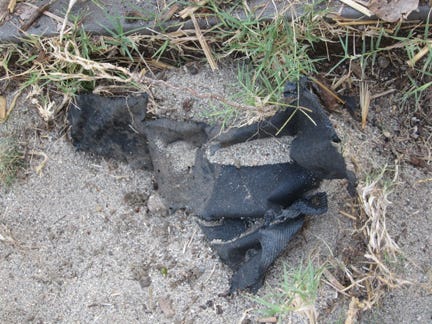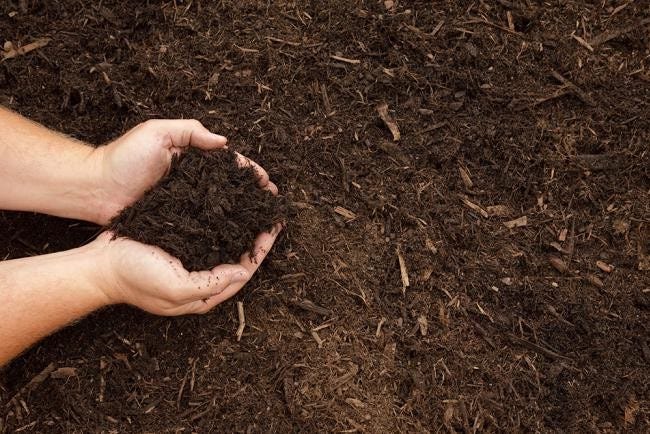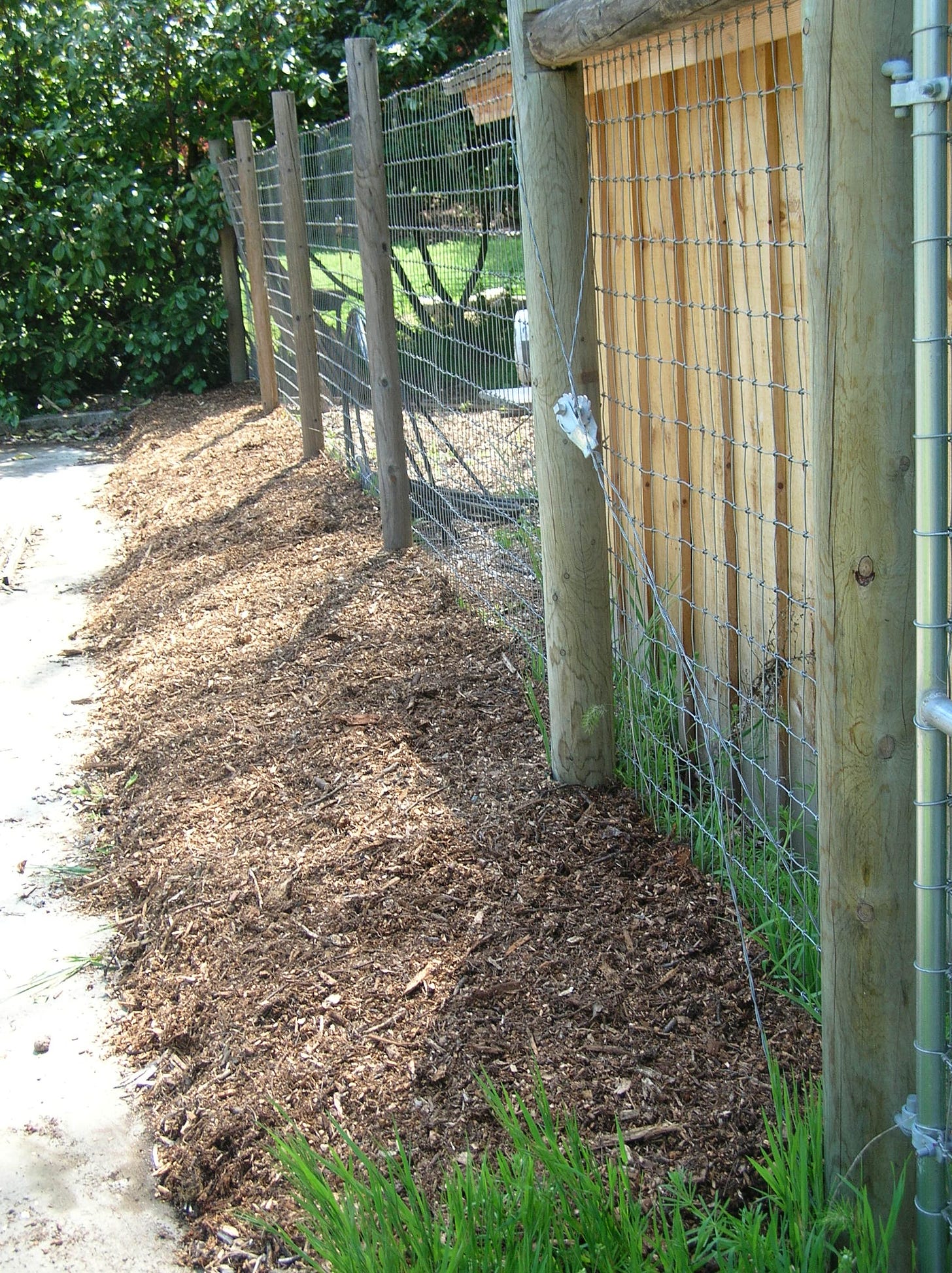Ground Cloth Problems and What to Do About Them
This post is on ground cloth problems, and solutions to remedy them.
When you use ground cloth in the form of landscape fabric or plastics, it will disrupt the feeder roots zones of your plants. This is where a lot of respiration, nutrient exchange, and drainage happens that is critical to plant health and longevity. It also stifles the earth to root connection plants prefer, and causes rooting problems.
This tends to be more of a problem with spreading ground covers than trees/shrubs, because they will root on top of the cloth and never get rooted properly when covering ground. I've seen the original start do ok because a hole was cut in the cloth for it, but then all the growth spreading off from it died, because the cloth covered all the ground it was trying to root into.
Over time the material will shred and make a mess when you work your garden beds maintaining the drip, amending/fertilizing/mulching the soil, and digging around for planting and weeding. Most landscape cloth and plastics are also petroleum based products which get into the soil. This is important to avoid with your medicinal herbs and edibles. Some of them also don't drain well, which means that deep penetration of water into the ground you want happening could be diverted.
Here's some tips to consider if you already have ground cloth to help your plants if you don't want to remove it completely, along with alternatives to landscape fabrics and plastics.
-- Cut it away from the feeder root zones of all your trees and shrubs. This can help open up air, nutrients, rooting, and drainage for the plant the cloth is wrapped around.
-- Don't plant any plants without generously cutting away the cloth where you are going to plant. Again, this is more important with spreading ground covers. Cut it away everywhere you want the ground cover to spread, otherwise it will root on top of the cloth once it spreads to the areas you didn't cut it away.
-- If you do want to lay down something, try old newspapers and/or cardboard. Both of these materials will breathe, break down, and allow for water to move through them. They also won't cause the intense root strangling that plastics and landscape fabrics can.
The ideal solution is don't put ground cloth in your garden beds, and remove it if you want to solve the problems it causes if you already have it. You can do top dressings with soil amendments and/or fine bark mulches (pictured below) instead. These methods, in combination with weeding, are my top choices to enrich the soil, slow weed growth, and avoid the problems that come with ground cloths.
Straight Up & Free with James D is a reader supported publication.
If you found this valuable and educational, and appreciate the craftsmanship and care I bring in providing this content, please consider upgrading your subscription to support my work. You can also give a gift subscription, or make a one time donation.
Thank you!





